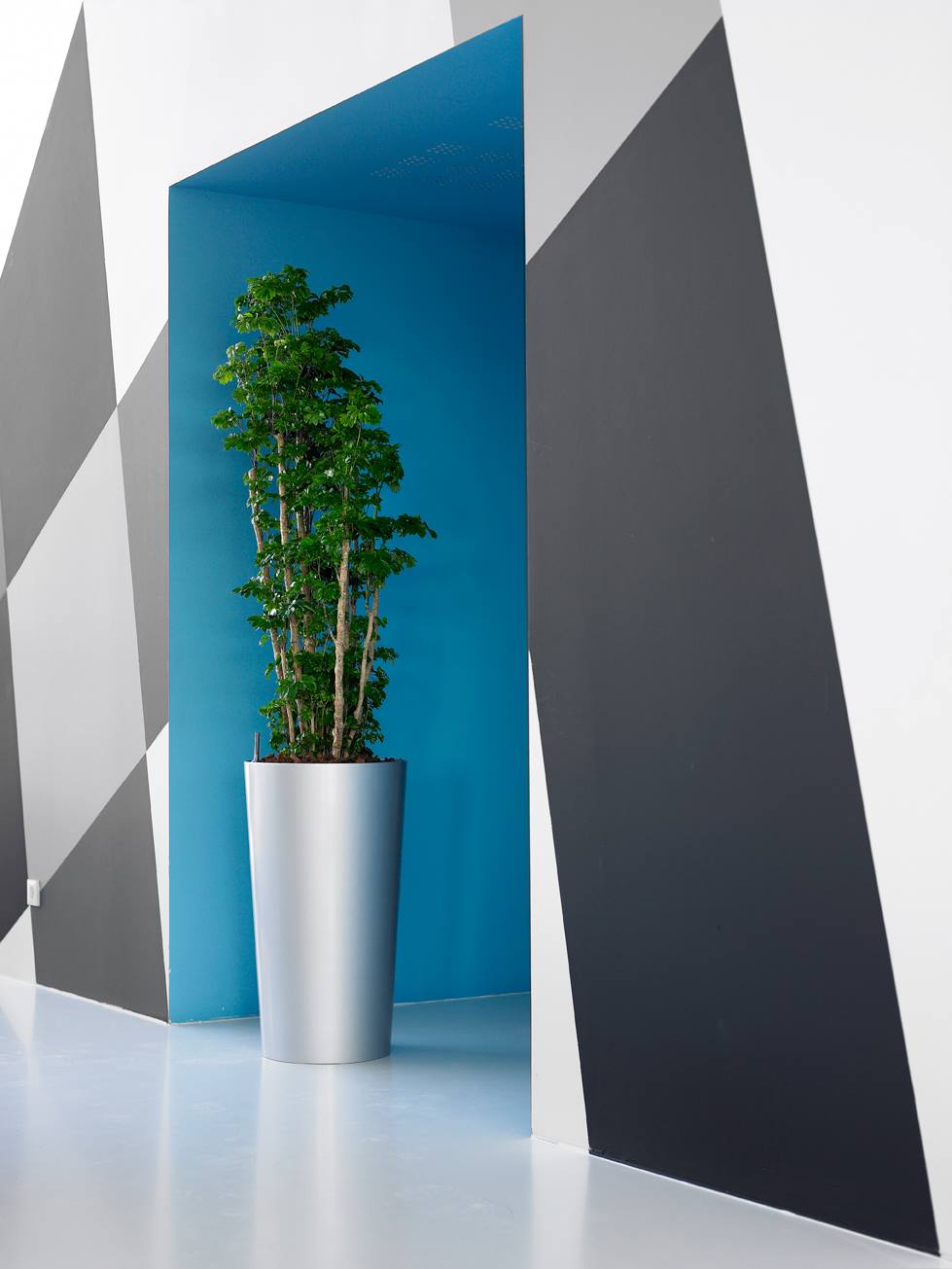Plants are important for maintaining the habitability of the indoor environment, where most of us spend the great majority of our lives.
Whether contact with vegetation is active (gardening) or passive (viewing vegetation through a window) results show a consistent pattern of effects that are diminished when plants are absent.
Research, summarized in Biophilic Design: The Theory and Practice of Bringing Buildings to Life (Kellert, Heewagen and Mador, 2003) shows that people in spaces with vegetation compared to those lacking vegetation are more likely to experience the following outcomes:
• Psychological and physiological stress reduction
• More positively toned moods
• Increased ability to re-focus attention
• Mental restoration and reduced mental fatigue
• Improved performance on cognitive tasks
• Reduced pain perceptions in health care settings
Research by NASA has reveled that indoor plants can remove up to 87 per cent of air toxin in 24 hours. Also, discovered that plants purify trapped VOCs inside by pulling contaminants into soil, where root zone microorganisms convert VOCs into food for the plant.
According to the Environmental Protection Agency, indoor air quality can be as much as 5 times worse for us than outdoor air.
Adding plants to hospital room’s speeds recovery rates of surgical patients, according to researchers at Kansas State University. Compared to patients in rooms without plants, patients in rooms with plants request less pain medication, have lower heart rates and blood pressure, experience less fatigue and anxiety, and are released from the hospital sooner.
A study at The Royal College of Agriculture in Circencester, England, found that students demonstrate 70 percent greater attentiveness when they are taught in room containing plants. In the same study attendance was also higher for lectures given in classrooms with plants.
The Agricultural University of Oslo, Norway, conducted a study across 51 offices and those that contained plants had a reduction in the following:
• Sore and/ or dry throats
• General fatigue
• Dry facial skin
• Coughs
• Headaches
It is actually often the poor and dry indoor air that is causing your mental fatigue, general tiredness, headaches, irritable eyes or even that annoying sore throat.




